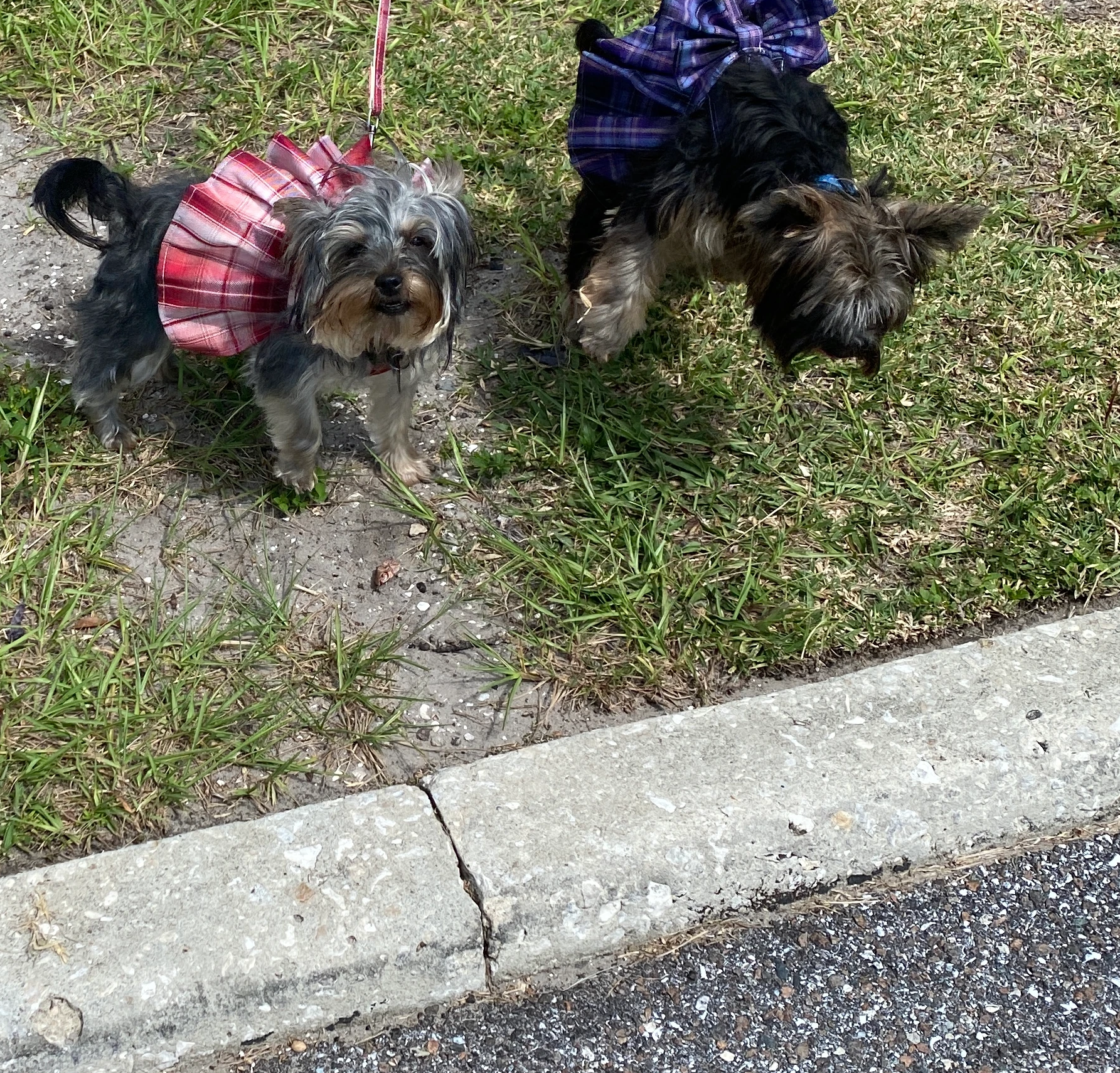Bringing home a new puppy can be an exciting and joyous experience, but it also comes with a great deal of responsibility. One of the most critical responsibilities is training your new furry friend. This includes socialization, pee-pad training, and basic commands. This article will act as a primer and explain to you why puppy training is important and how to get started.
Why is Basic Puppy Training Important?
Puppy training is crucial for the development of a well-behaved and well-adjusted dog. Proper training can prevent behavior problems and keep your new family member safe. Additionally, training will strengthen the bond between you and your puppy.
Socialization is a critical component of puppy training. It is the process of introducing your puppy to new people, animals, and environments. Socialization helps puppies develop into well-adjusted dogs who are comfortable in a variety of situations. Early socialization can prevent behavior problems, such as fear and aggression, later on in life.
To socialize your puppy, take them to different places and let them interact with different people and animals. Gradually introduce them to new sights, sounds, and smells. Praise and reward them for calm and positive behavior. Be sure to include variations of each as well. For example, have them meet people with long hair, short hair, wearing a hat, not wearing a hat etc. This is important because dogs don’t generalize well.
Pee Pad Training:
Pee pad training is another crucial aspect of puppy training, especially for those who do not have access to a yard. Also called housebreaking, it is the process of teaching your pup to use a designated area, such as a pee pad, for their bathroom needs. This can later be developed for them to go outside for their elimination needs.
To start, choose a designated area and consistently take your puppy to that spot after removing them from their crate before they have a chance to make a mistake. If you catch them doing it in the wrong place, quickly scoop them up and put them where they should go. Reward your puppy for using the pee pad and clean up accidents immediately. Consistency is key when it comes to pee-pad training, so be patient and persistent. Again, since dogs don’t generalize, be sure to do this in each room of the house and in any new environment. Once they get the idea, other locations will be easier to train for.
Basic Puppy Training Commands:
Teaching basic commands to your new housemate, such as sit, stay, and leave it, can provide a solid foundation for further training. Basic commands can help you control your puppy’s behavior and keep them safe.
To teach your puppy basic commands, use positive reinforcement. Reward your puppy with treats and praise when they successfully perform a command. Start slowly, rewarding your pup for heading in the right direction. Gradually let your pup progress to the end result, and only start using the command once they can repeatedly perform the action prompted. Repeat the command consistently with each successful attempt and slowly phase out the treats.
It is important to note that the level of training for each puppy depends on the individual. Some puppies may pick up on training quickly, while others may take longer. It is important to be patient and consistent with training and to adjust your methods to fit your puppy’s individual needs.
In conclusion, basic puppy training includes socialization, pee pad training, and basic commands. Socialization can prevent behavior problems, pee pad training is important for those who live in apartments, and basic commands provide a foundation for further training. While we work with all the puppies, the level of training for each puppy depends on the individual. Proper training is important for the development of a well-behaved and well-adjusted dog, and will strengthen the bond between you and your furry friend. Please remember this is just an introduction to training your puppy.






Socialization: